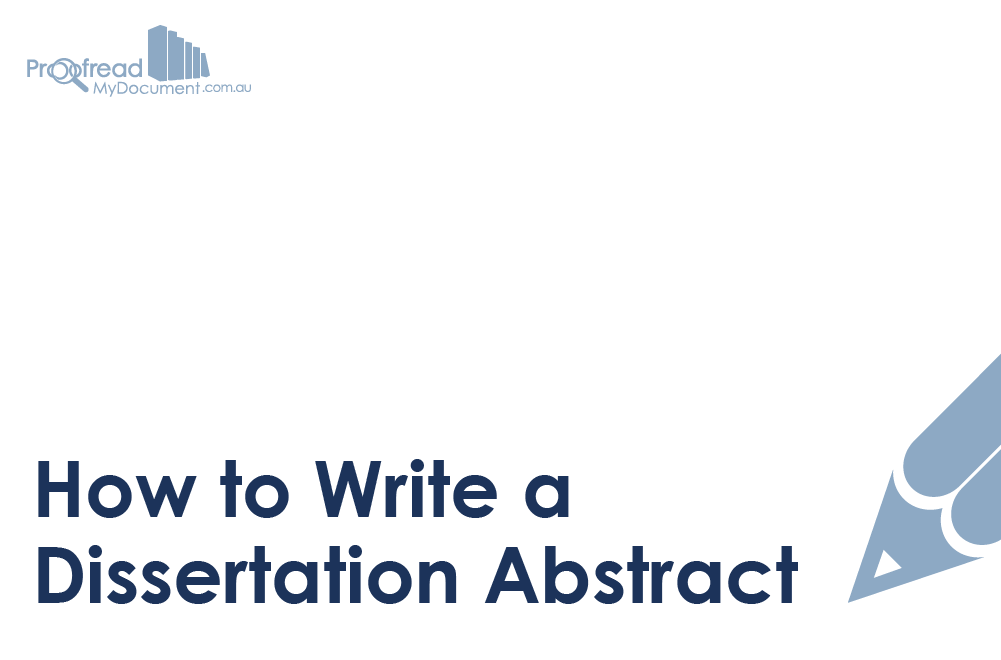After toiling on your dissertation for months, you’ve finally got the conclusion written. But you’re not quite done yet! Before you start proofreading, it’s time to write the abstract.
What Is an Abstract?
The abstract is a short introduction to your dissertation. Imagine someone asked you to summarise your work in 30 seconds: what would you say?
After a few false starts, you would probably outline your dissertation in broad descriptive terms. In essence, that’s what your abstract should do.
What Is It For?
An abstract is like a preview, allowing readers to determine whether your dissertation is relevant to their research. As such, it should set out the key information about your study in a clear, concise manner.
Along with key words, this will help readers find your work in a database.
How Long Should It Be?
An abstract should typically be between 100 and 500 words, although you should check your university style guide for specific advice. Trying to fit all the information you need into so few words can be tricky, so keep it simple.
(Image: Jegi/flickr)
What Should It Include?
Your abstract should include:
- What you aimed to do and why
- How you did it
- What you discovered
- Recommendations (if any)
As with academic writing in general, it’s often best to avoid the first person (i.e. ‘I’ and ‘we’) in an abstract unless strictly necessary. Instead, use the third person where possible:
This study reveals…
The findings indicate that…
Usually, there’s no need to include citations. All sources should be clearly cited in the main part of your study anyway, so citing them again in the abstract just cuts into your word count.
What Tense Should I Use?
When describing what you did during the research, you should use the past tense:
Find this useful?
Subscribe to our newsletter and get writing tips from our editors straight to your inbox.
The study used a broad sample…
Similarly, results can be stated in the past tense:
The tests showed that…
However, if you’re describing something not specifically related to the research process, such as general truths or background information, you should use the present tense:
Meditation is known to improve mental well being, therefore…
As water boils at 100°C, it was important to…
And finally, the present tense is also used to report conclusions or make recommendations:
The study demonstrates that…
Further study may be required to explore the consequences…
With all of this in mind, you should now be ready to start writing!
